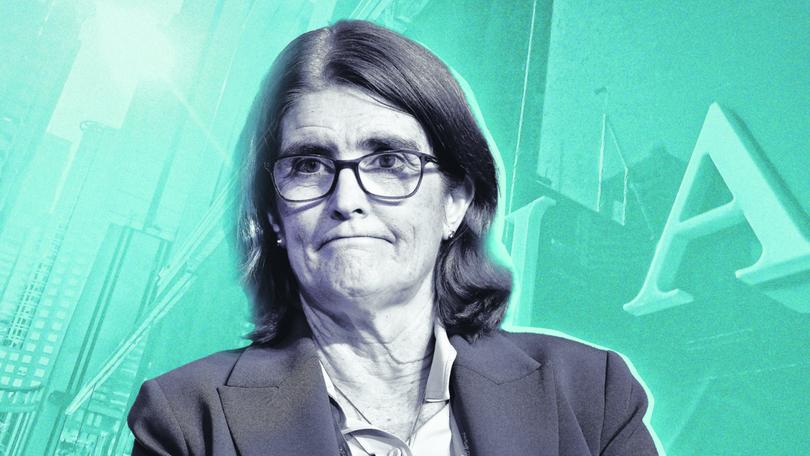RBA rate cut ‘more likely’ as household spending drops 0.3pc in March

Australia’s household spending has snapped a five-month winning streak as the impact of cyclone Alfred on the east coast disrupts the splurge, giving the Reserve Bank another reason to cut rates at its May meeting.
The 0.3 per cent fall in household spending to $75.5 billion in March underwhelmed economist expectations for a rise of 0.2 per cent, and marked the first decline after five-consecutive months of growth.
Compared with last March, household spending is up 3.5 per cent.
Sign up to The Nightly's newsletters.
Get the first look at the digital newspaper, curated daily stories and breaking headlines delivered to your inbox.
By continuing you agree to our Terms and Privacy Policy.The RBA has previously anticipated household consumption to be one of the drivers of growth this year, with consumer confidence rising, a resilient labour market and consumer purchasing power improving thanks to milder inflation.
But AMP economist My Bui said Tuesday’s data from the Australian Bureau of Statistics, along with last week’s tepid retail sales figures, pointed to some stagnation in the consumer sector.
She added it was likely the recovery in spending would be very gradual as households are still impacted by high prices.
“(Tuesday’s) data makes it more likely for the RBA to resume its cutting cycle in May and potentially adds to the argument for more rate cuts later this year,” Ms Bui said.
“The RBA will take note of the sluggish momentum in household spending and significant downside risks to global demand for our exports as rationales for the 25 basis-point cut.”
The RBA board next meets on May 19-20.
CreditorWatch chief economist Ivan Colhoun said last month’s inflation data already suggested the RBA would make another small reduction in interest rates. The weak household spending data had reinforced this.
Queensland posted the biggest drop in spending in March, down 1.3 per cent as cyclone Alfred impacted parts of the State. Spending on transport and health were especially affected, falling 3.9 per cent and 3.3 per cent, respectively.
But food spending in Queensland rose 2.9 per cent as consumers stockpiled before the cyclone made landfall.
Elsewhere, spending fell in NSW and South Australia (both down 0.3 per cent), but lifted in the ACT (up 0.6 per cent), Victoria (up 0.4 per cent) and WA (up 0.2 per cent).
The bureau’s household spending indicator uses card transaction data and covers a broad range of consumer goods and services. It is supposedly a better guide to the household final consumption component of the GDP.
In volume terms, the indicator was flat throughout the March quarter, consistent with unchanged retail sales volume in the same period.
Ms Bui said this meant the recovery in consumption had stalled after late 2024, signalling continued restraints from households despite falling inflation and positive real wages.
ANZ economists Aaron Luk and Adelaide Timbrell said household spending growth had waned after some signs of momentum in the second half of 2025, supported by tax cuts and income growth.
“Global trade uncertainty is further clouding the near-term outlook and impacting consumer sentiment,” they said.
UBS economist George Tharenou said the consumer was still recovering modestly, albeit the prior pick up had faded.

